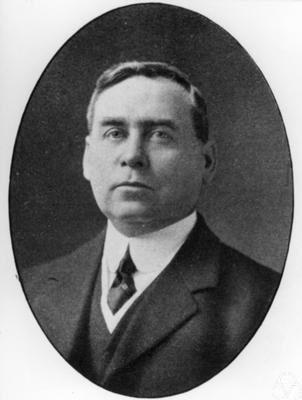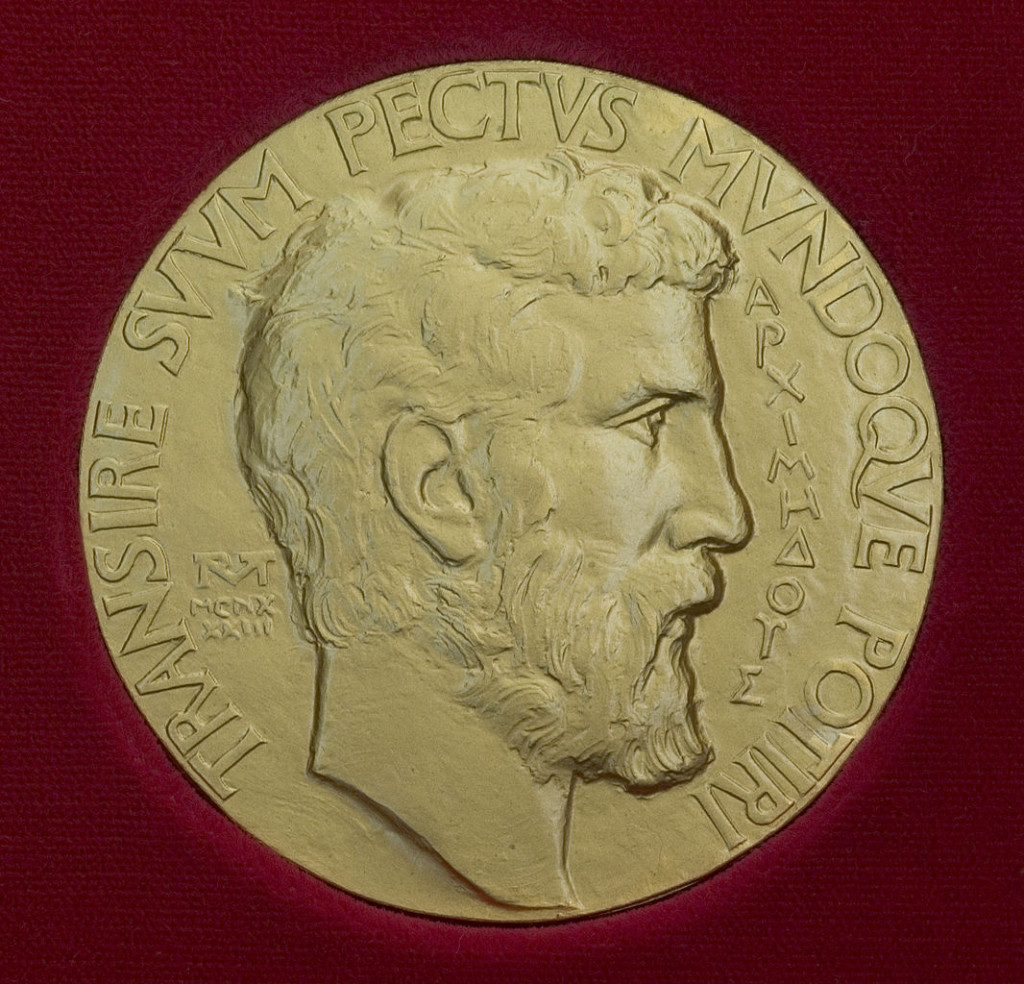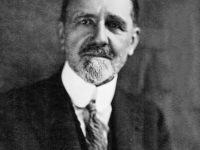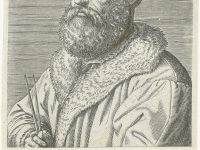
John Charles Fields (1863-1936)
On May 14, 1863, Canadian mathematician John Charles Fields was born. He is the founder of the Fields Medal for outstanding achievement in mathematics. First awarded in 1936, the medal has been awarded since 1950 every four years at the International Congress of Mathematicians to two to four recipients under the age of 40.
John Charles Fields – Early Years
Born in Hamilton, Ontario to Harriet Bowes and John Charles Field, a leather shop owner, Fields was only eleven years old, when his father died. He attended Hamilton Collegiate Institute and subsequently the University of Toronto to study mathematics. He graduated in 1884 winning the gold medal for mathematics, before leaving for the United States to study at Johns Hopkins University in Baltimore, Maryland. Fields received his Ph.D. in 1887. His thesis, entitled Symbolic Finite Solutions and Solutions by Definite Integrals of the Equation dny/dxn = xmy, was published in the American Journal of Mathematics in 1886.
European Tour
Fields taught for two years at Johns Hopkins before joining the faculty of Allegheny College in Meadville, one of the oldest colleges in Pennsylvania. Disillusioned with the state of mathematical research in North America at the time, he left for Europe from 1892 to 1900, locating primarily in Berlin, Göttingen and Paris, where he associated with some of the greatest mathematical minds of the time, including Karl Weierstrass,[3] Felix Klein,[4] Ferdinand Georg Frobenius [5] and Max Planck.[6] Fields also began a friendship with Swedish mathematician Gösta Mittag-Leffler,[7] which would endure their lifetimes. Fields admired the older mathematician’s cosmopolitanism and internationalism. He began publishing papers on a new topic, algebraic functions, which would prove to be the most fruitful research field of his career.
Back in Canada
Fields returned to Canada in 1902 to lecture at the University of Toronto, where he remained until his death, although he frequently visited Europe. Back in the country of his birth, he worked tirelessly to raise the stature of mathematics within academic and public circles. He became an Associate Professor in 1905 before being promoted top full Professor in 1914. He successfully lobbied the Ontario Legislature for an annual research grant of $75,000 for the university and helped establish the National Research Council of Canada, and the Ontario Research Foundation. Fields served as president of the Royal Canadian Institute from 1919 until 1925, during which time he aspired to mold the institute into a leading centre of scientific research, although with mixed success. His efforts, however, were pivotal in making Toronto the location of the 1924 International Congress of Mathematicians.
The International Congresses of Mathematicians
The series of International Congresses of Mathematicians began in Zurich in 1897 but no congress was held during World War I (1914-18). The International Mathematical Union was set up in 1920 at the first post war Congress in Strasbourg to run future congresses but, in the aftermath of war, Germany, Austria-Hungary, Bulgaria, and Turkey were excluded from the Union. This was unfortunate and feelings ran high on the issue. In this way, the dividing lines of World War I continued after the war in mathematics.[2] Many felt that mathematics should not be subjected to political pressures but should welcome equally mathematicians of all nations.[1] Fields spend several months in Europe working relentlessly to make the 1924 Congress in Toronto a success. He had to get financial support so that Europeans could be helped with their travel costs to North America. The 1924 Toronto Congress was a success – it was attended by 444 mathematicians from 27 countries. So successful was Fields in getting financial support that he had money left at the end of the Congress. It gave him the opportunity to come up with a wonderful idea.

Photo of the obverse of a Fields Medal
The Fields Medal
Fields had everything in place to travel to the September 1932 Congress in Zurich to put forward his proposal for an international medal for mathematical distinction. He had already done the ground work and by January 1932 he had support for awarding Medals from the leading mathematical societies in France, Germany, Italy, Switzerland and the United States. However, his health began to fail in May of 1932 when he suffered heart problems. A few days before his death he drew up a will including an amount of $47,000 to be added to the funds for the medals. He did not live to attend the Congress but his plans were still put forward. Adopted at the International Congress of Mathematicians at Zurich in 1932, the first Fields Medals were awarded at the Oslo Congress of 1936.[1]
The Head of Archimedes
No awards were made during World War II, and the medal was reintroduced in 1950 and has been awarded every four years since. It is awarded to two to four mathematicians, under the age of 40, who have made important contributions to the field. These conditions were set down to recognize Fields’ wish that the awards recognize both work completed and point to the potential for future achievement. A prize of 15,000 Canadian dollars is awarded with each Fields Medal, which is made of gold, and shows the head of Archimedes with the following quotation inscribed:
Transire suum pectus mundoque potiri.
(Rise above oneself and grasp the world.)
What’s so sexy about math? | Cédric Villani, [9]
References and Further Reading:
- [1] O’Connor, John J.; Robertson, Edmund F., “John Charles Fields“, MacTutor History of Mathematics archive, University of St Andrews.y
- [2] John Charles Fields at the Fields Institute, Toronto
- [3] Karl Weierstrass – the Father of Modern Analysis, SciHi Blog
- [4] Felix Klein and the Klein-Bottle, SciHi Blog
- [5] Ferdinand Georg Frobenius and Group Theory, SciHi Blog
- [6] Max Planck and the Quantum Theory, SciHi Blog
- [7] Gösta Mittag-Leffler and the Acta Mathematica, SciHi Blog
- [8] John Charles Fields at Wikidata
- [9] What’s so sexy about math? | Cédric Villani, TED @ youtube
- [10] Timeline of Fields Medalists, via Wikidata





